Are organic mattresses a hoax? Everything you need to know about greenwashing
I asked a panel of industry experts to tell me what makes a mattress organic, which eco authorities we can trust, and some warning signs of greenwashing
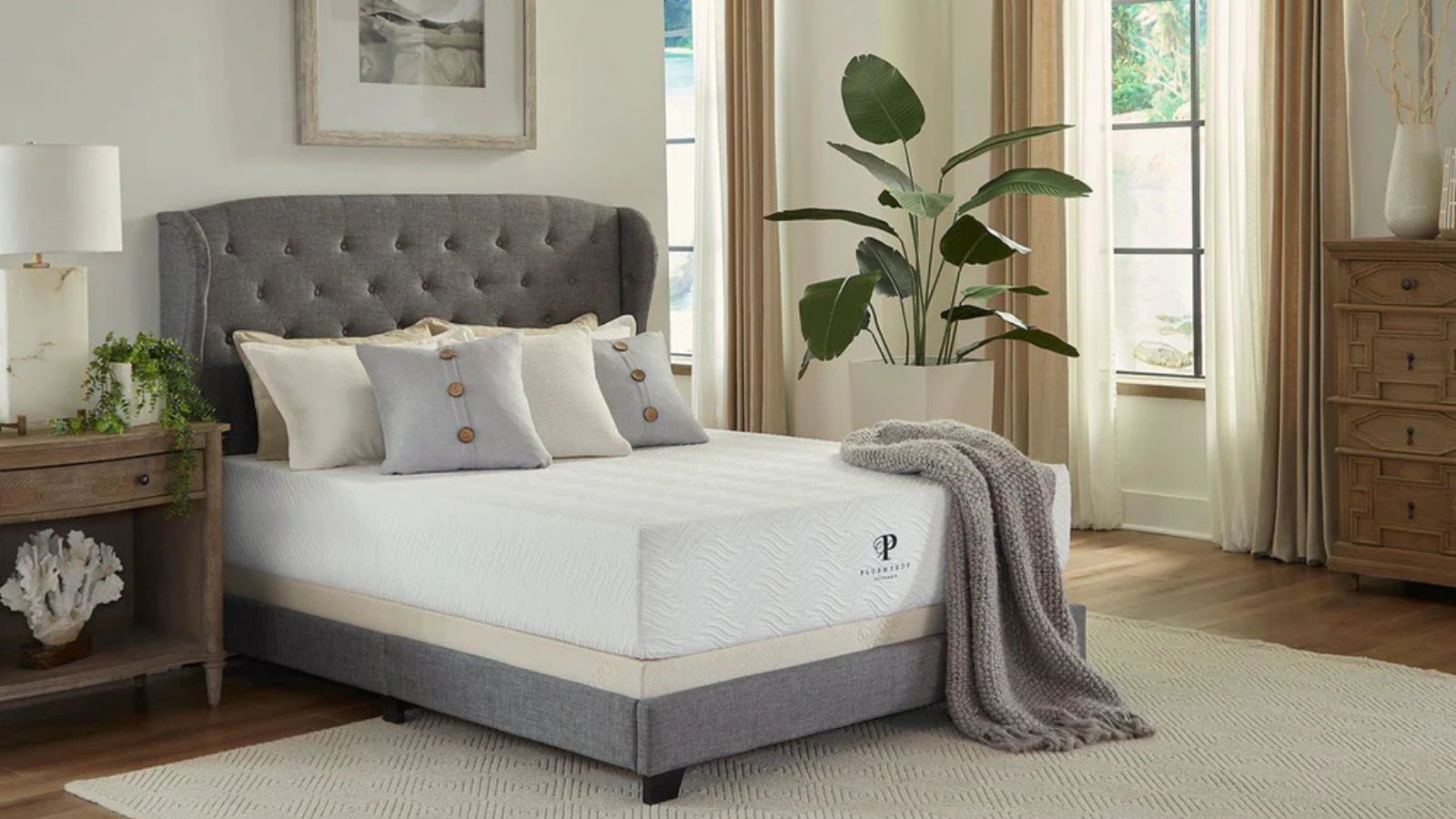

Organic mattress brands make big promises. We're told that natural fibers are more breathable, more durable, and more sustainable than synthetic strands – which is supposed to justify the increase in price.
As the resident Sleep Editor at Homes & Gardens, I believe that the best mattress should be good for your body and for the environment. That's why I've assembled an expert panel of mattress manufacturers and sleep scientists to break down the bedding buzzwords and explain what 'organic' actually means. I've spent hours sorting through our buying guides to bring you the best organic mattresses, independently accredited by environmental organizations.
Still, some shoppers harbor doubts as to the actual eco-friendliness of so-called organic mattresses. They're wary of 'greenwashing', a practice which the National Resources Defence Council defines as 'false or misleading statements about the environmental benefits of a product or practice.' If you're missold a mattress, and you end up with an inorganic product, then you've paid a lot of money for a mattress that doesn't meet your needs.
Are organic mattresses a hoax? How to spot greenwashing
Before we begin, it always helps to define our terms. I asked Mike Handelsman, CEO and Owner of the textiles company FoamOrder what it means for a mattress to be organic.
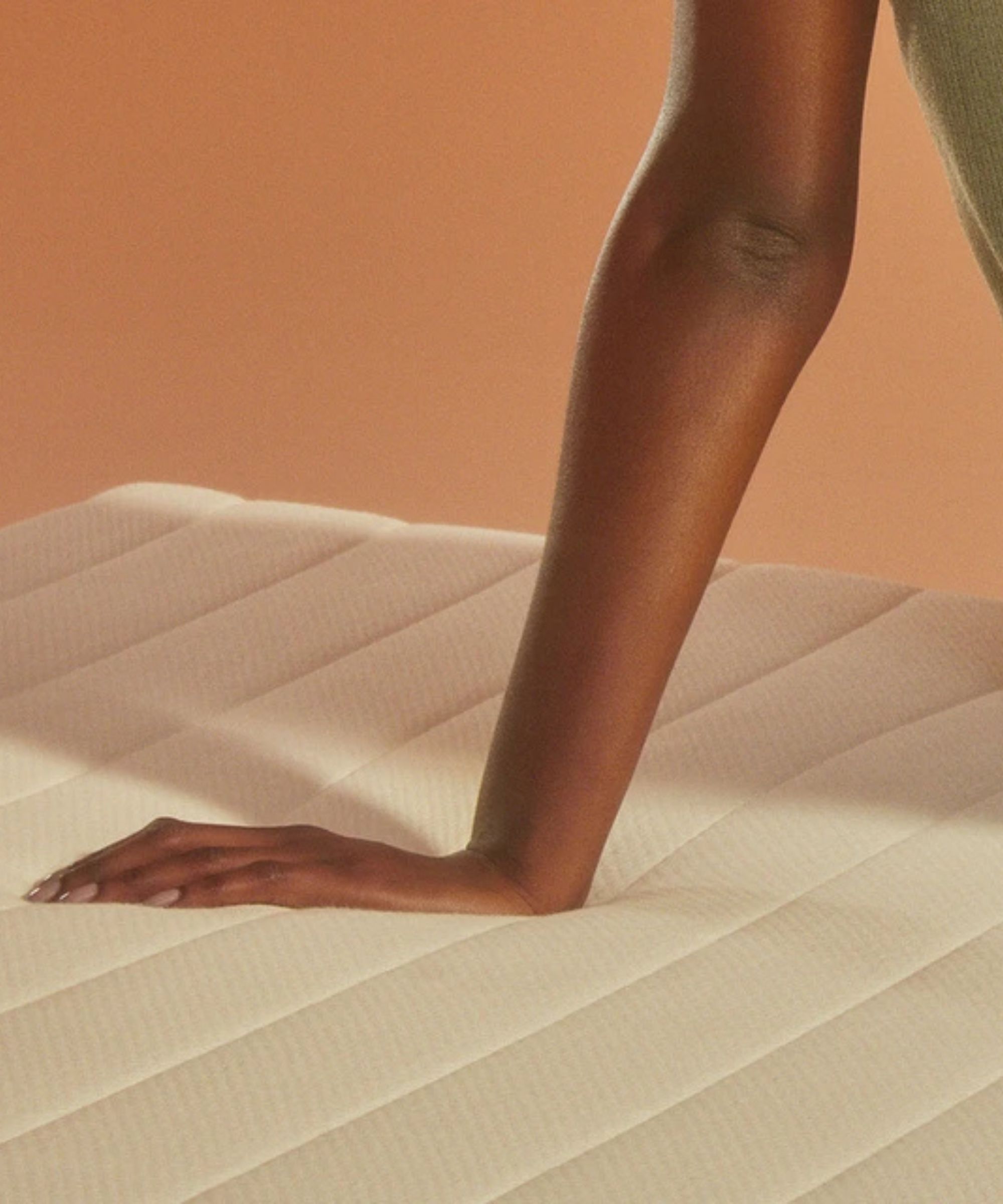
Mike explains that, 'In the mattress industry, the word "organic" refers to materials such as cotton and latex that are grown and processed without synthetic chemicals or pesticides.'
'An organic mattress is defined by its materials and production process,' Mike continues. 'You want to see certified organic cotton for covers, and natural latex that's harvested without synthetic chemicals. In an organic mattress, every component is chosen for its purity and sustainability, ensuring that no harmful chemicals or additives are used.'
'The term "organic" becomes reliable when it's backed up by certifications,' says Mike, citing USDA Organic and GOTS as examples. 'If you don't see these terms on the product listing, ask. If the answer contains nothing of substance, then it's fake – the so-called "organic" mattress is a hoax.'
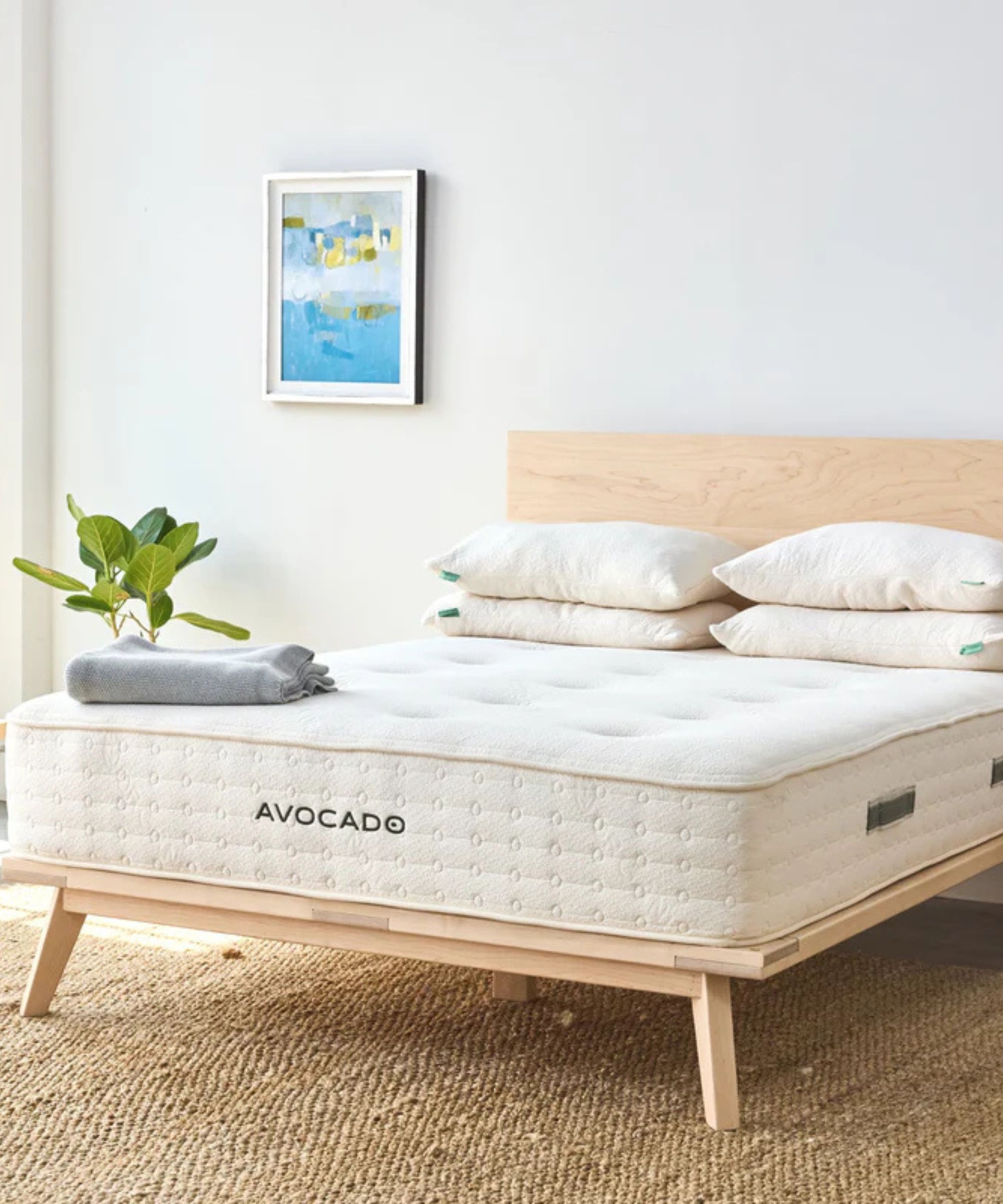
I asked Simon Weigh, mattress tester and expert at Bed Factory Direct, to clear up the confusion. Simon says that 'some brands will use the term "organic" as a buzzword for additional sales, rather than using it for the right reasons. "Organic" isn't a protected term in the mattress industry like it is in the food industry, which allows many brands and companies to mislabel their mattresses.'
'If there are any synthetic materials used on the mattress at all, then technically it isn't 100% organic and should not be labeled as such,' Simon continues. 'More needs to be done in the industry to stop false labeling.'
Simon's advice for consumers: 'understanding what actually constitutes an organic mattress will help you make more informed choices on your purchase journey.'
To aid your search, I've combed through our back catalog of reviews to bring you the best organic mattress for every budget. These mattresses are accredited by independent environmental bodies, including OEKO-TEX, Fair Trade, and EWG.
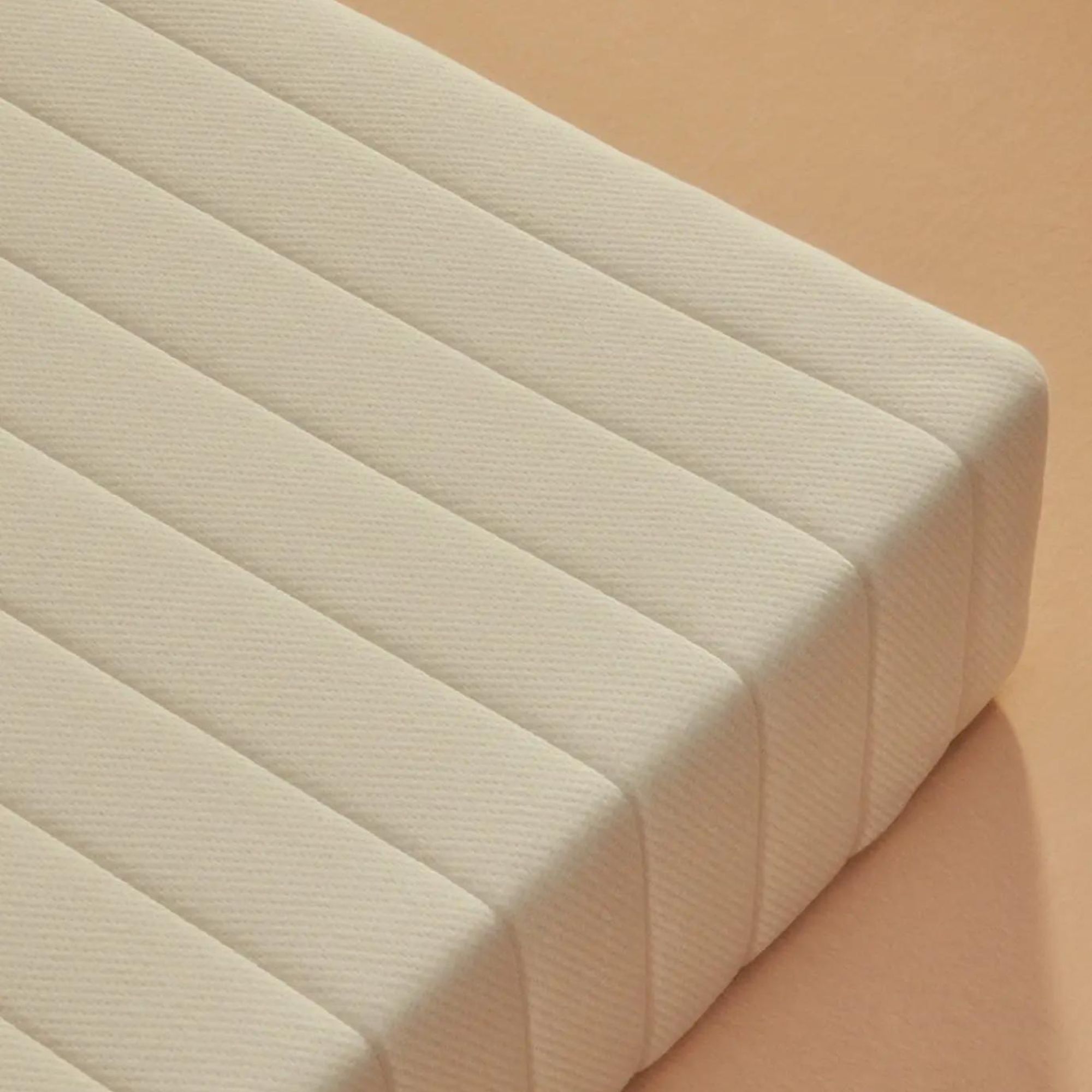
Some of the best organic mattresses are prohibitively expensive, but the Earthfoam Organic Mattress is attainable for buyers on a budget. Filled with natural latex for support and topped with organic wool and cotton for comfort, the Earthfoam Organic Mattress is breathable and durable, though the motion isolation leaves a little to be desired.
Read the full review: Earthfoam Organic Mattress
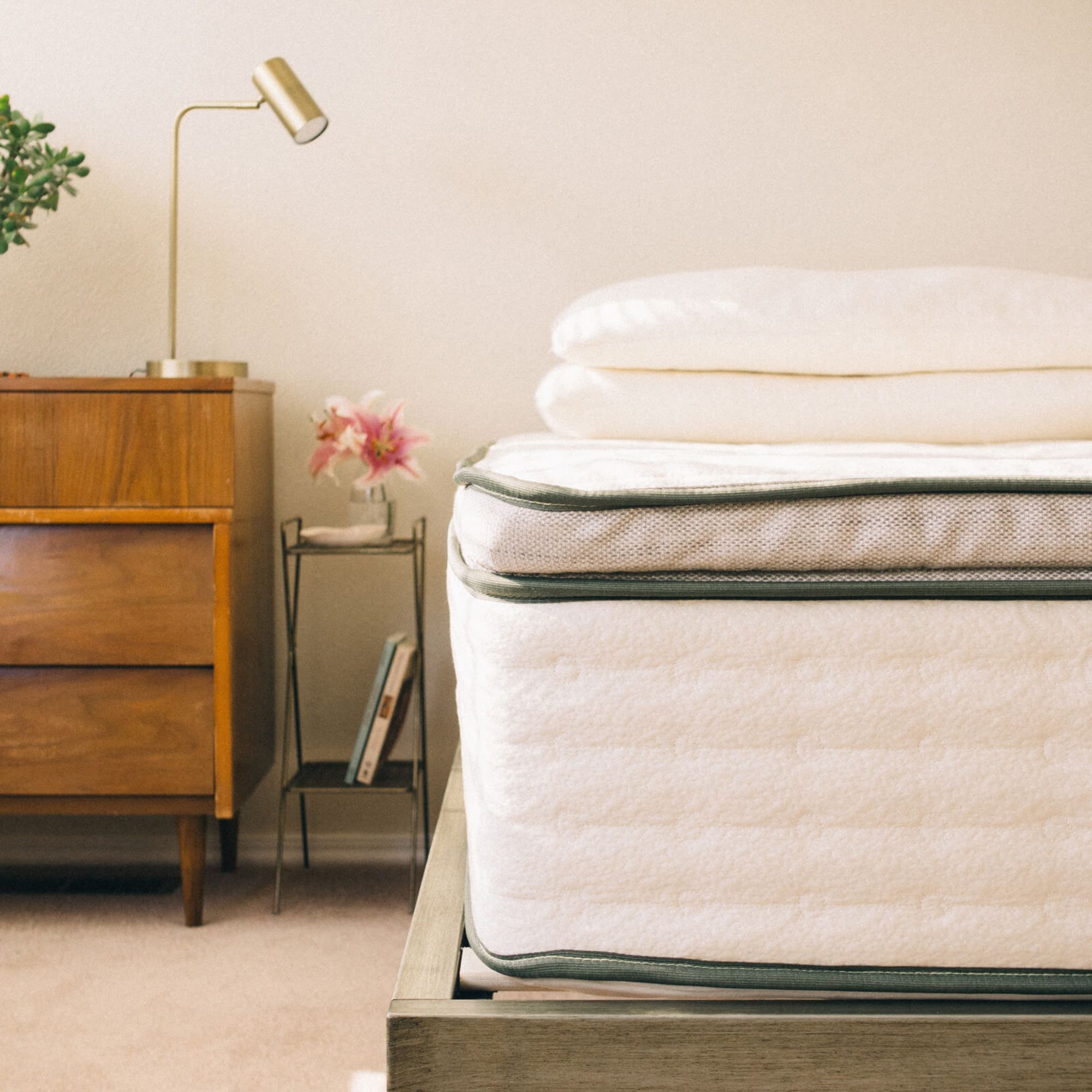
'I found that the Avocado Green Mattress compresses around the general shape of the body, rather than sharply molding to my curves and contours,' says expert tester Antonia Santoro. 'The wool quilting and Talalay latex comfort layer offer cushioning around the areas where I make the most contact with the mattress, while the springs are arranged in ergonomic zones.'
Read the full review: Avocado Green Mattress
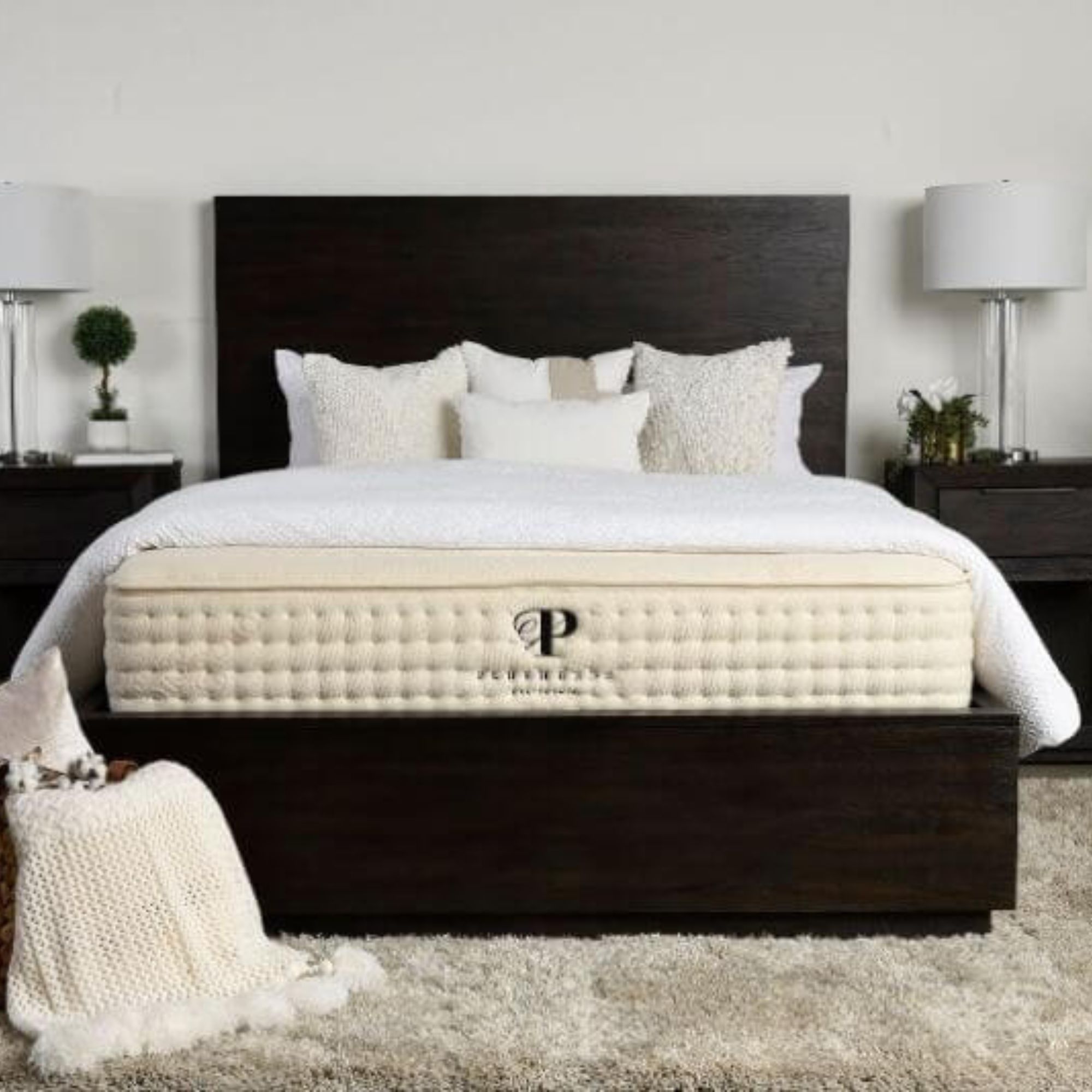
'If you want more say in how your mattress is made, consider the PlushBeds Botanical Bliss,' says expert tester Alex Temblador. 'At PlushBeds, you can customize every aspect of your mattress, from height and size to firmness and feel. Filled with natural latex, this mattress is supportive, made to ease aches and pains. Sure, it's expensive, but that's the price you pay for the best organic mattress.'
Read the full review: PlushBeds Botanical Bliss Mattress
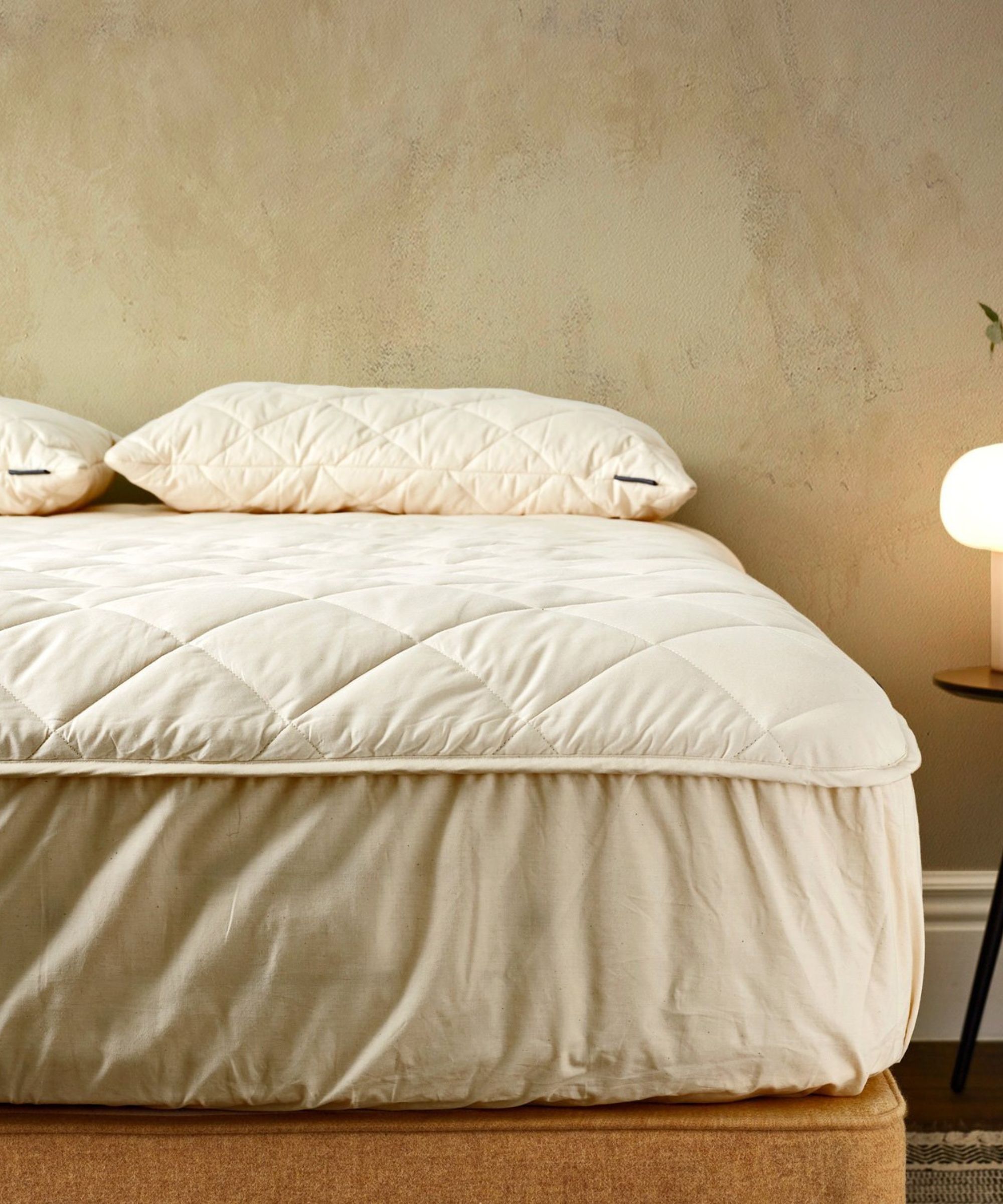
Given that 'organic' is not a protected term in the mattress industry, it's all too easy for a brand to position themselves as 'eco-friendly, 'natural', or 'green' without any specific organic certifications. This is a practice known as greenwashing.
To help you cut through the noise, I asked sleep scientist Susan Miller (Sleep Technician at Sleep Mattress HQ) to share her top tips and tricks when shopping for an organic mattress.
- Check certifications: Susan emphasizes that 'genuine organic mattresses will carry certifications from recognized organizations.' Rather than relying on badges and graphics beneath a product listing, you can reverse-search for mattress brands via the organization's website.
- Read the label: 'The materials used in organic mattresses should be clearly disclosed on he website, and definitely on the label,' says Susan. 'Legitimate manufacturers will have transparent labeling. Look for specific details about organic fibers, such as organic cotton, wool, or latex, and ensure that these materials are backed by appropriate certifications.'
- Research the manufacturer: Susan encourages shoppers to 'find out how the brand manufactures and manages its supply chain. In every stage of the production cycle, genuine organic mattress manufacturers prioritize sustainability and eco-friendliness. They might partner with organic farms, use eco-conscious packaging, or employ ethical labor practices.'
- Do a smell test: This one works best in person. 'The materials used in organic mattresses typically produce a natural scent,' Susan explains. 'A mattress that emits strong chemical odors or smells artificial may contain synthetic or even toxic materials.'
- Check the price tag: Susan says that 'organic mattresses are often more expensive, due to the higher cost of organic materials and certification processes.' As a mattress tester and a professional price tracker, I wouldn't spend any less than $1,000 on an organic mattress. Much cheaper, and I start to wonder where they're cutting corners.
FAQs
Are organic mattresses worth it?
If you're keen to minimize your impact on the planet, an organic mattress is the only option. Natural materials, including cotton, wool, and latex, are far more durable, breathable and sustainable than synthetic substances, such as polyfoams.
As a general rule, organic mattresses are more expensive, but I think it's worth the enhanced comfort and peace of mind.
I'd recommend an organic mattress for hot sleepers as well as eco-conscious shoppers and anybody who wants to spend once and spend well on a mattress.
Where can I buy an organic mattress?
Not many of the best places to buy a mattress sell organic mattresses, so you'll have to do your research before you buy. For custom comfort, try PlushBeds, where you get to choose the height, thickness, and firmness of your organic latex mattress. If you're buying on a budget, I suggest Earthfoam: theirs is the only organic mattress I've seen listed for less than $1,200 for a Queen. Avocado makes a Vegan mattress for anyone who wants to avoid animal products, including wool.
In summary, the idea of an organic mattress is not a hoax: it is possible to buy a mattress filled with materials that are grown and processed naturally, without synthetic chemicals or pesticides. However, these mattresses can be hard to find, since "organic" is not a protected term in the mattress industry: any brand can use it.
If you're keen to shop sustainably, try to look past the marketing jargon and inspect the eco-credentials of the mattress. You're looking for GOLS latex, GOTS wool or cotton, and badges from reputable organizations such as GREENGUARD and Fair Trade.
Sign up to the Homes & Gardens newsletter
Design expertise in your inbox – from inspiring decorating ideas and beautiful celebrity homes to practical gardening advice and shopping round-ups.

Emilia is our resident sleep writer. She spends her days tracking down the lowest prices on the best mattresses and bedding and spends her nights testing them out from the comfort of her own home. Emilia leads a team of testers across America to find the best mattress for every sleep style, body type, and budget.
Emilia's quest to learn how to sleep better takes her all around the world, from the 3Z mattress factory in Glendale, Arizona to the Hästens headquarters in Köping, Sweden. She's interviewed luxury bedding designers at Shleep and Pure Parima, as well as the Design Manager at IKEA. Before she joined Homes & Gardens, Emilia studied English at the University of Oxford.
You must confirm your public display name before commenting
Please logout and then login again, you will then be prompted to enter your display name.
-
 5 surprising but brilliant ways to clean with old socks – from perfectly buffing stainless steel to deterring pests naturally and more
5 surprising but brilliant ways to clean with old socks – from perfectly buffing stainless steel to deterring pests naturally and moreTackle dust in tricky corners, clean your mirrors and even banish bad odors with those rogue single socks
By Andy van Terheyden Published
-
 How to grow astilbe – expert advice on cultivating this shade-tolerant flowering perennial
How to grow astilbe – expert advice on cultivating this shade-tolerant flowering perennialShade-tolerant and pest-resistant - astilbe are hardy and tough perennials that can thrive in many settings
By Ellen Wells Published
-
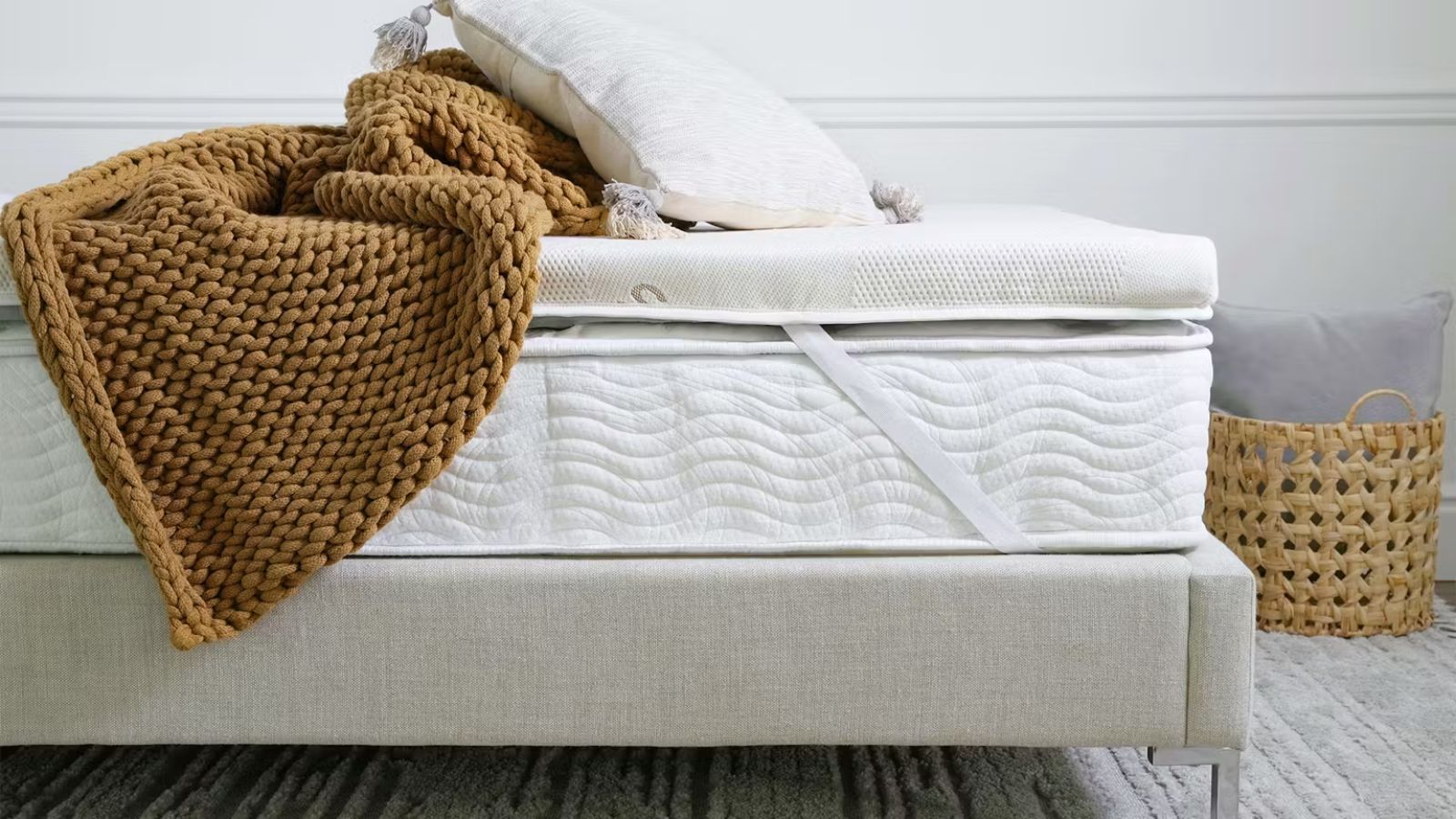 How we test mattress toppers – H&G's expert review process explained
How we test mattress toppers – H&G's expert review process explainedHere's everything you need to know how we test mattress toppers for pressure relief, thermoregulation, motion isolation, and edge support
By Emilia Hitching Published
-
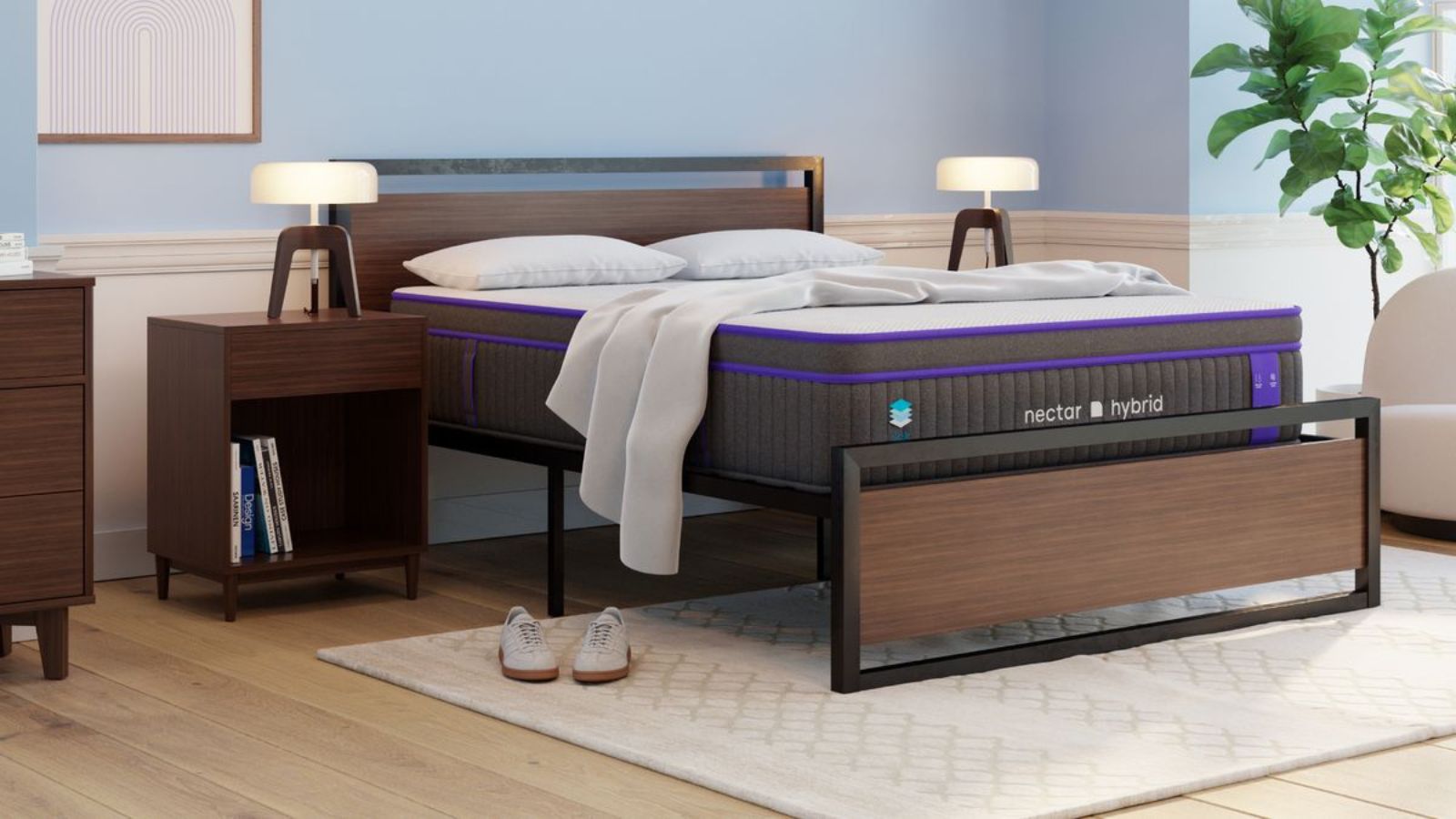 I tried the Nectar Premier Hybrid Mattress – it's so much better than their basic models
I tried the Nectar Premier Hybrid Mattress – it's so much better than their basic modelsCompared to the Nectar Classic Foam Mattress, the Nectar Premier Hybrid boasts far superior edge support and thermoregulation
By Millie Hurst Last updated
-
 What's the best pillow position for the best night's sleep? Sleep experts weigh in
What's the best pillow position for the best night's sleep? Sleep experts weigh inBecause sometimes it's the small things that can have a big impact on your sleep quality
By Michele Ross Published
-
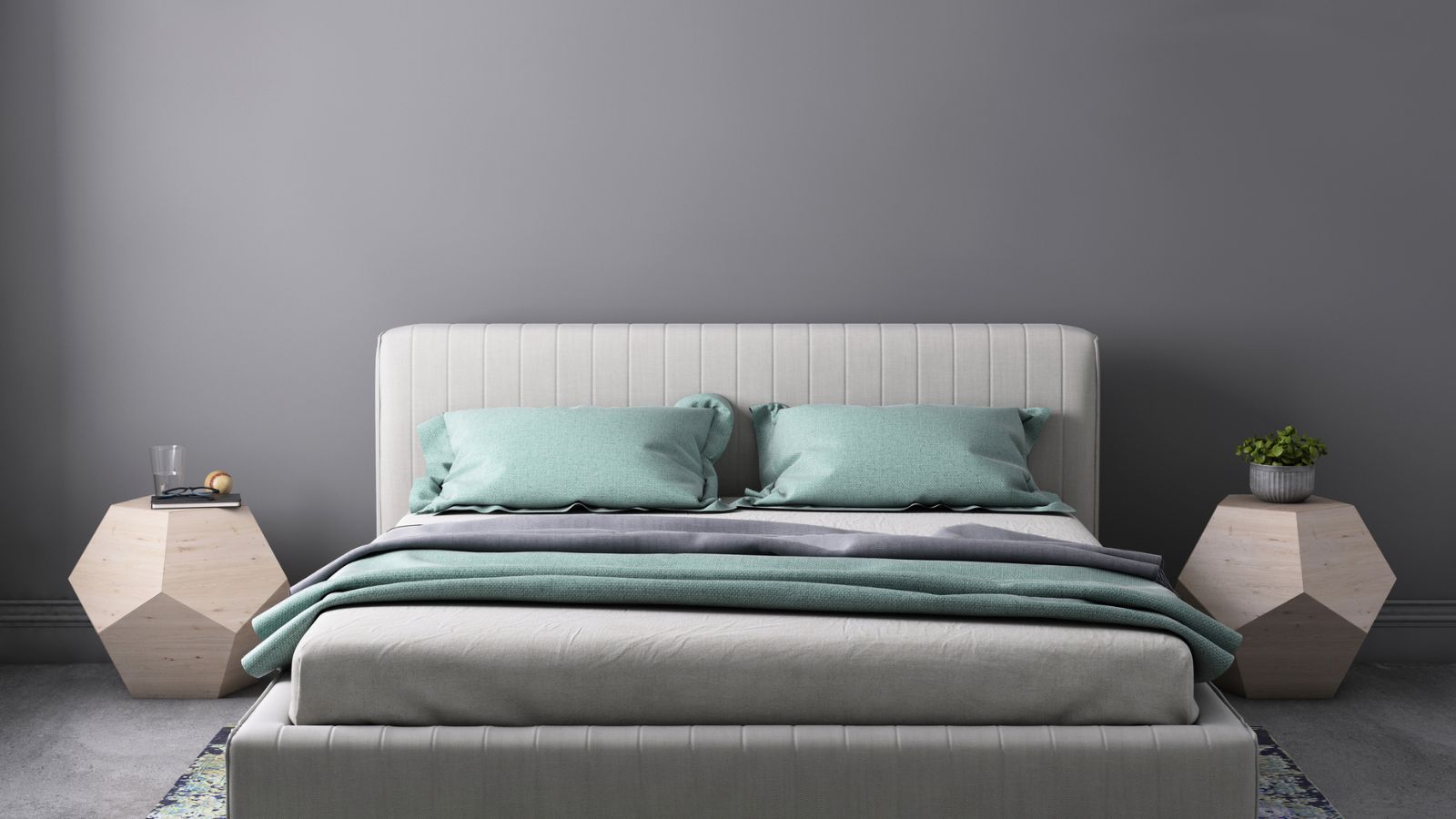 5 signs you're sleeping on a bad mattress − how to spot the red flags
5 signs you're sleeping on a bad mattress − how to spot the red flagsI asked medical professionals and sleep scientists how to spot the signs you're sleeping on a bad mattress and when it's time to upgrade
By Emilia Hitching Last updated
-
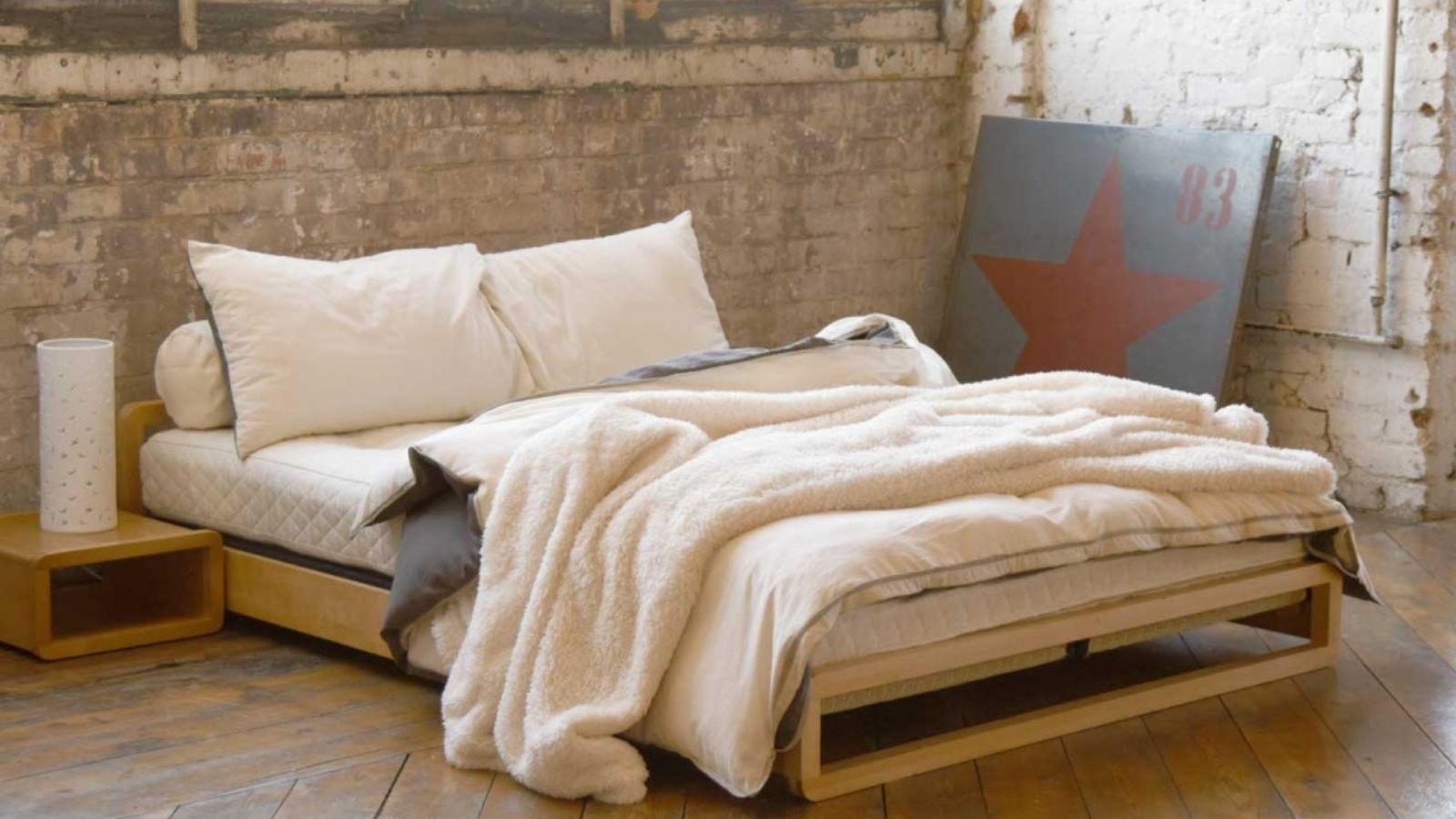 What is a futon mattress? Your expert guide
What is a futon mattress? Your expert guideFor flexible comfort and short-term stays, there's nothing like a futon mattress − I've searched the web to bring you the best fold-out beds
By Emilia Hitching Last updated
-
 Platform bed vs box spring – what's the difference and which is best for you?
Platform bed vs box spring – what's the difference and which is best for you?Unsure whether a platform bed or a box spring is right for your set up? We break down these two mattress foundation options
By Alison Barretta Published
-
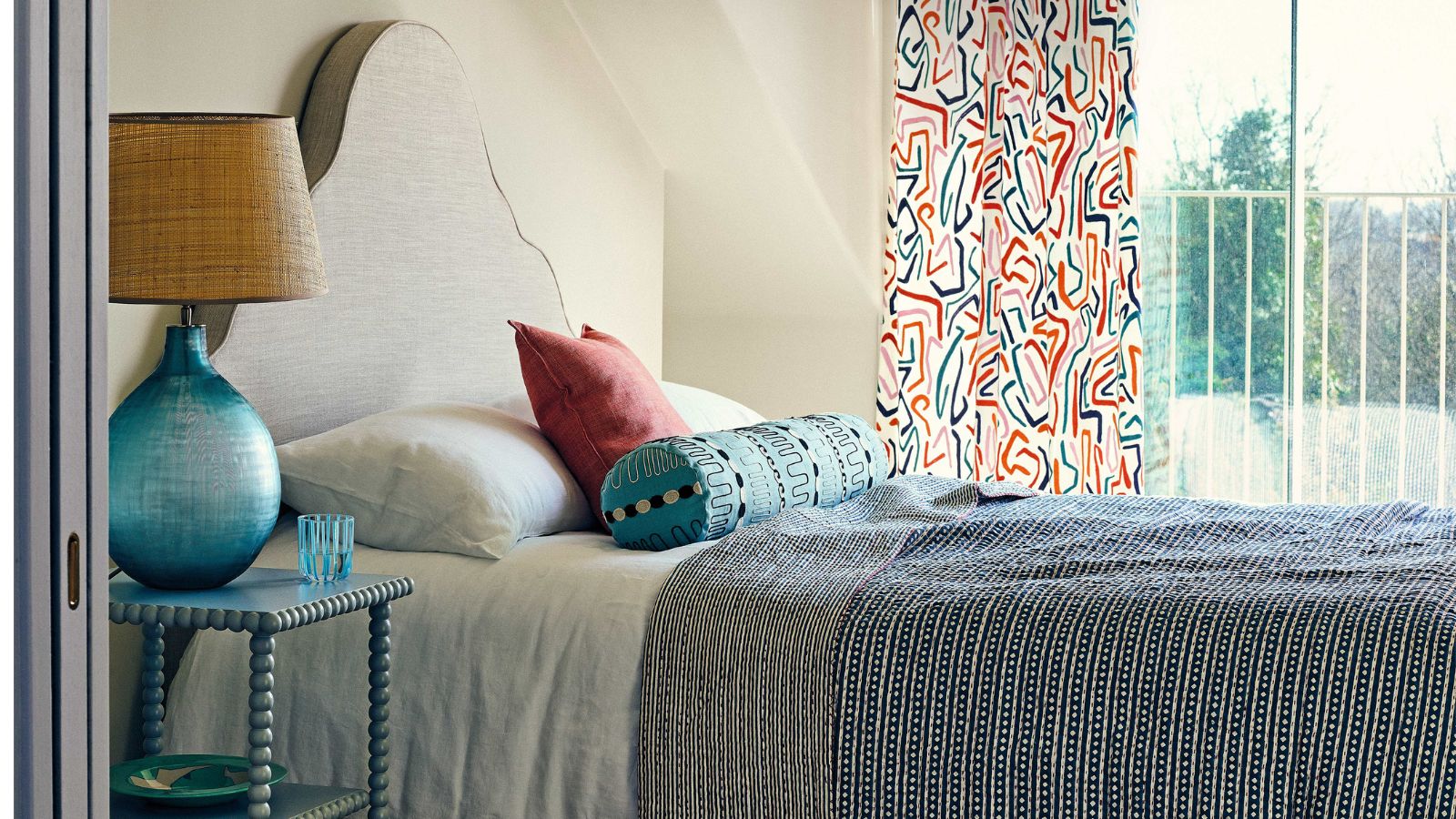 What is a platform bed? Everything you need to know about this stylish mattress support
What is a platform bed? Everything you need to know about this stylish mattress supportLearn how this low profile bed frame can elevate the look of your bedroom
By Alison Barretta Published
-
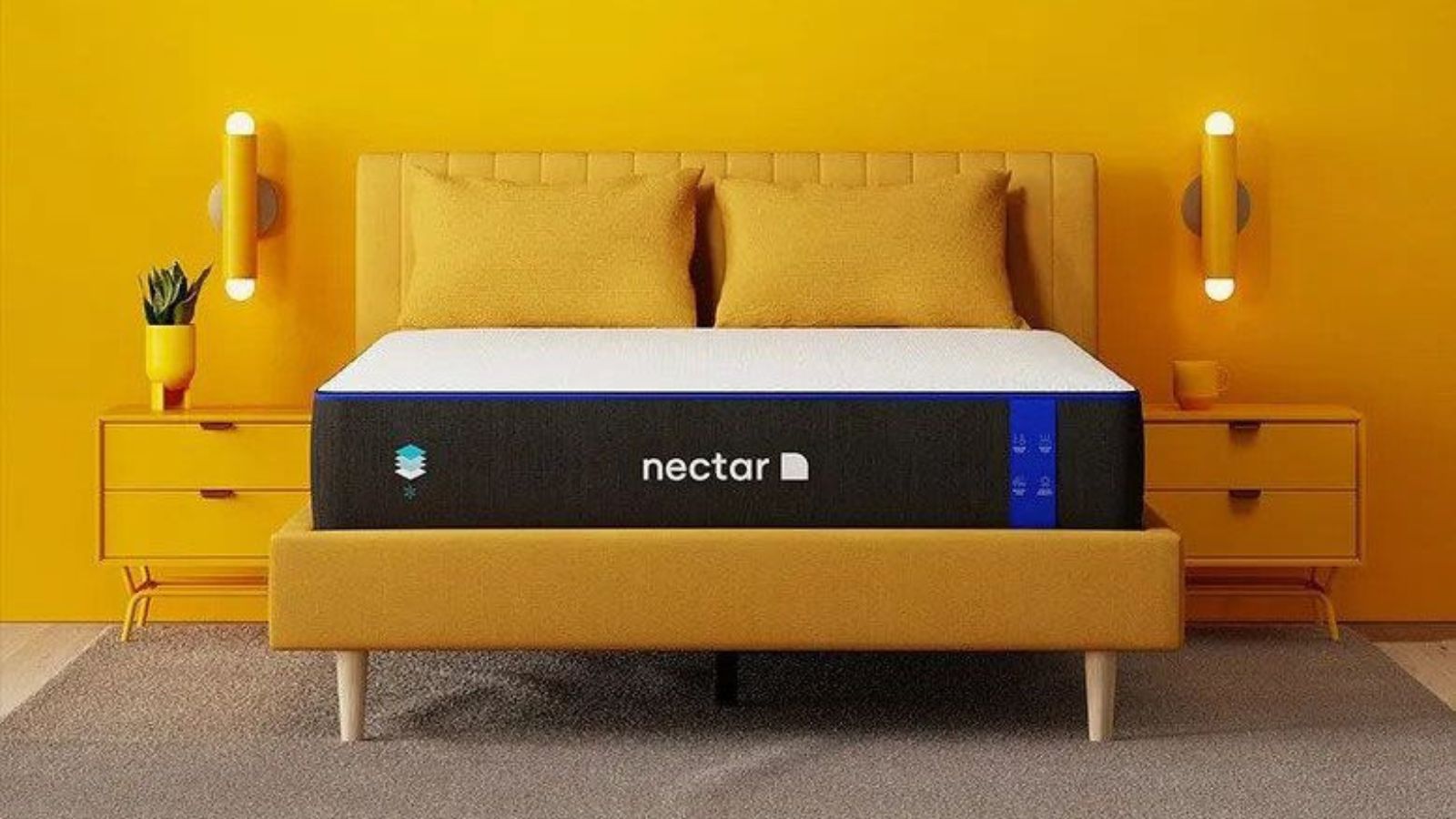 How long do memory foam mattresses last?
How long do memory foam mattresses last?I spoke to mattress testers and medical professionals to learn more about the lifespan of a memory foam mattress – plus, how to extend it
By Emilia Hitching Last updated